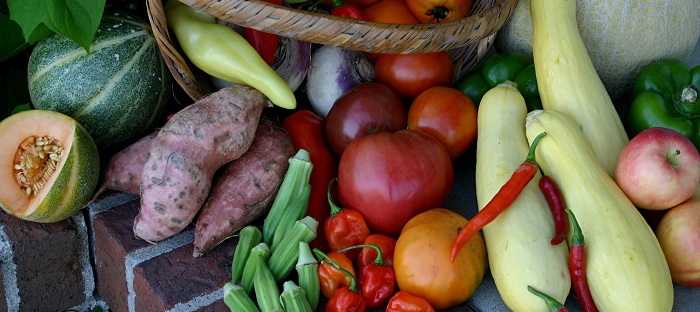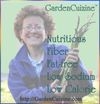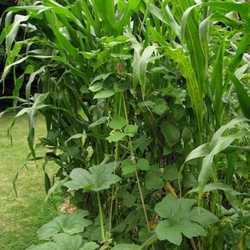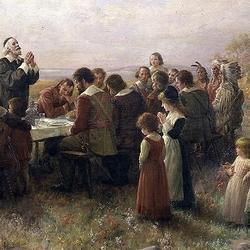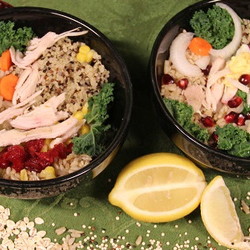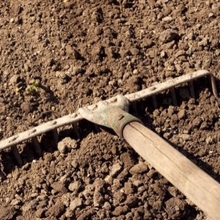The beginnings of Thanksgiving
We know that in 1620 the Mayflower sailed for 66 days to America with 102 passengers plus crew. The ship arrived at the shores of Cape Cod that winter and anchored near shore until spring. Many of the passengers and crew died on board from diseases like scurvy (severe lack of vitamin C). When spring finally arrived, the 53 surviving passengers left the ship to explore Indian territory and seek shelter and food. There were conflicts between some Native Americans and Colonists. So, how did Thanksgiving begin? What did they eat from the garden?
Thanksgiving started as religious days of prayer by the Pilgrims. Thanksgiving feasting evolved when Pilgrims and Wampanoag Indians shared a harvest feast together in the autumn. Then, feasts were not a single gathering for one meal; instead they lasted anywhere from 3 days to one week long. Thanksgiving celebrations continued throughout individual colonies and states for centuries after 1620.

Wampanoag First Peoples
Who were the Wampanoag? Wampanoag were Native American people known as the Eastern people who assisted the Pilgrims (English colonists) with finding food and building shelter when they first arrived to the new world. Wampanoag tribes were located in southeastern Massachusetts and Martha's Vineyard and Nantucket, as well as in Rhode Island.
Wampanoag men hunted deer (venison), rabbit and squirrel, and as you may guess - turkey. Water fowl were also plentiful, since they lived near the bay areas. Wampanoag women were the farmers of the group, and also gathered wild nuts and berries. They dried and stored their harvests underground. Everyone was involved in storytelling, creative arts and music. The Wampanoag shared with the Pilgrims their knowledge of local crops, how to avoid poisonous plants, and how to build wetus (homes).
Today, ancestors of native Wampanoag tribes are organized into two tribes: the Gay Head Wampanoag and the Mashpee Wampanoag.
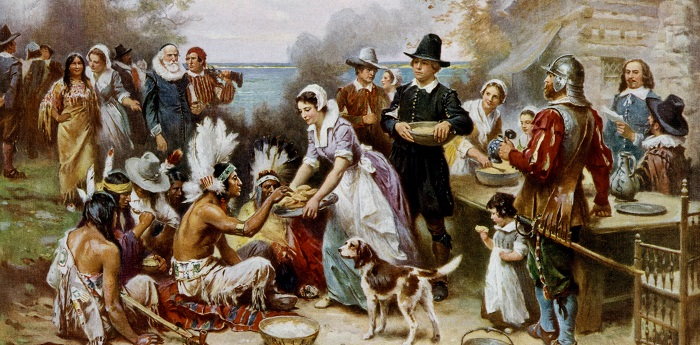
The Three Sisters crops fed the settlers
Native Americans knew how to plant using the Three Sisters companion planting technique. This is fun to try in a school or kid's garden. Three Sisters companion planting teaches children about gardening, Native American customs, traditions, nutrition and American history.
The corn stalks (or giant sunflowers) provide a structure for the beans to climb on, eliminating the need for poles. The beans add nitrogen to the soil, and the squash spreading along the ground helps prevent weeds and shades the soil, helping to retain moisture. Nutritionally speaking, grains (in this case corn) and beans compliment each other, making a complete protein.
Traditional Three Sisters even graced the gardens at The White House when First Lady, Michelle Obama, had children plant corn, squash and beans in the 1,500 square-foot garden using seeds from the Smithsonian Institution's National Museum of the American Indian. Varieties included Cherokee White Eagle corn, Rattlesnake pole beans, and Seminole squash.
Here's a packet of organic Three Sisters seeds you can grow in your own garden
17th Century cooking was different than today's food
Thanksgiving feasts of the 17th century probably included seafood, duck, deer, eggs, along with combinations of grains and beans. Sides of cranberry sauce and potatoes were not foods eaten back then. Pilgrims cooked in household hearths and used spits to roast freshly hunted meats and fowl. Women baked in covered pots placed on stones over hot embers.
Indian corn (not sweet corn), barley and wheat were staple grains, along with root vegetables, beans, berries and fruits that were preserved by drying. Sweet corn didn't make its appearance in the US until 1779 and didn't become widely available until the 19th century.
Nature's bounty included: beans, wild onions, berries, fruits (including beach plums and grapes), squash, parsnips, turnips, Jerusalem artichokes, Indian corn (ground into samp, a cornmeal mush for porridge), cabbage, leeks, herbs and spices (including parsley, sage, rosemary and thyme), nuts, eggs and roots such as yellow pond lily roots (Nuphar advena).
Cook like the Pilgrims did with this made in USA cast iron dutch oven.
The timeline of how the Thanksgiving holiday came to be
During the American Revolution (1775-83) the Continental Congress designated one or more days of Thanksgiving each year.
In October 1789, George Washington proclaimed a Thanksgiving, not just to celebrate the harvest, but also the success of our war of independence and ratification of the U.S. Constitution, which was signed on September 17, 1787.
In 1863, during the Civil War, President Abraham Lincoln announced a national day of Thanksgiving to be held the last Thursday in November.
During the Great Depression President Franklin Roosevelt made Thanksgiving a week earlier in an effort to help the economy. He later signed a bill in 1941 to make Thanksgiving the fourth Thursday in November.
Since 1957 Canadians have also been celebrating a day of Thanksgiving for their bountiful garden harvests. Canadians celebrate their Thanksgiving on our Columbus Day, the second Monday in October.
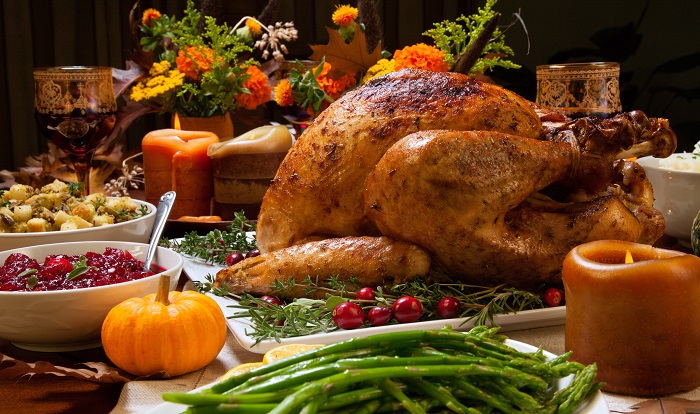
Thanksgiving Today
Here are some tips for eating a balanced Thanksgiving meal. When it comes time to eat, avoiding oversized portions can be a challenge. Filling half of your plate with fruits and vegetables and then 1/4 plate protein and 1/4 plate starch helps in balancing food groups. Traditional Thanksgiving fare today includes turkey and any or all of the above-mentioned native ingredients, plus, you name it: stuffing, casseroles, fruits, exotic veggies, buns, biscuits, and pies from apple to mincemeat. Every family has their own favorite cultural traditions and dishes using garden grains, fruits and vegetables. American Thanksgiving menus may include sides of gravy, biscuits, breads, rolls, soups, stews, or foods made with carrots, celery, onions, potatoes, yams, turnips, rutabagas and pumpkin. Vegetarian or Vegan Thanksgiving meals feature non-meat proteins, such as tofu or seitan (made from wheat) or bean and grain complimentary protein combinations.
Thanksgiving traditions may also include donating or volunteering to help at soup kitchens, participating in or going to parades and other fun activities. Holidays in general are times to be mindful and aware of those who suffer from eating disorders and those who have recently lost a loved one, so practice being considerate of others during the season too.
When you purchase through links on our site, we may earn commissions at no cost to you.
